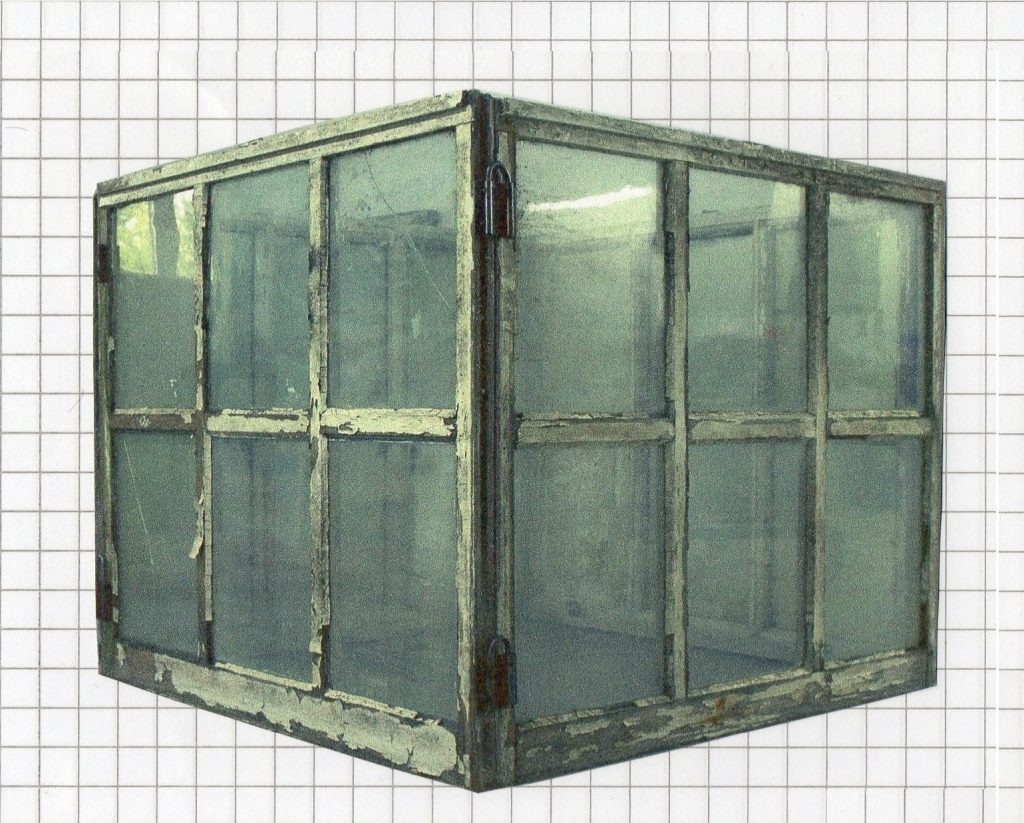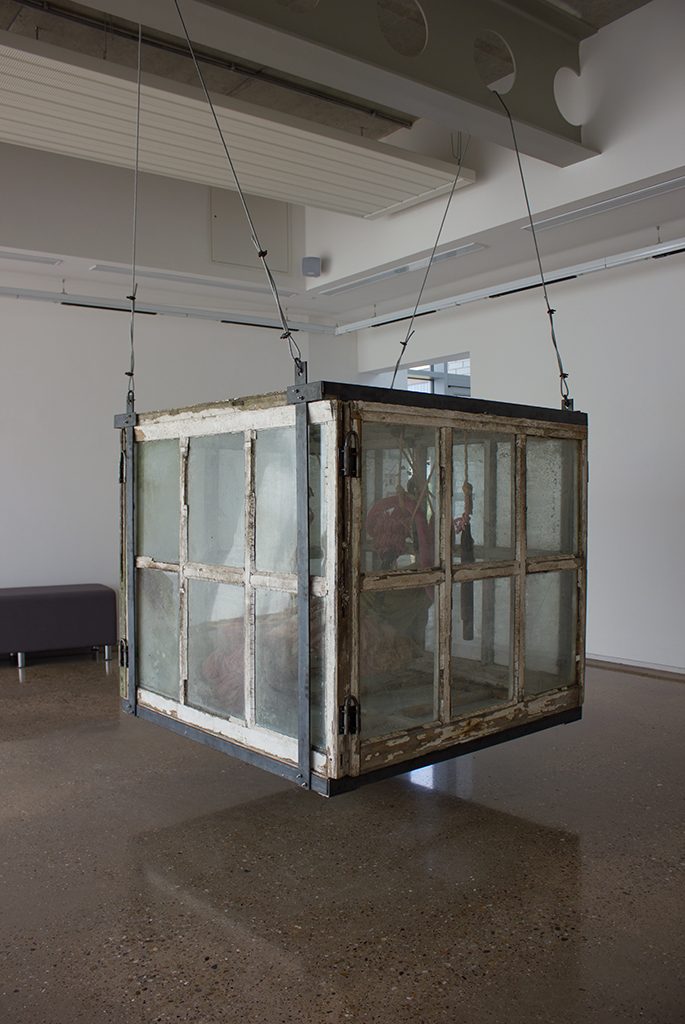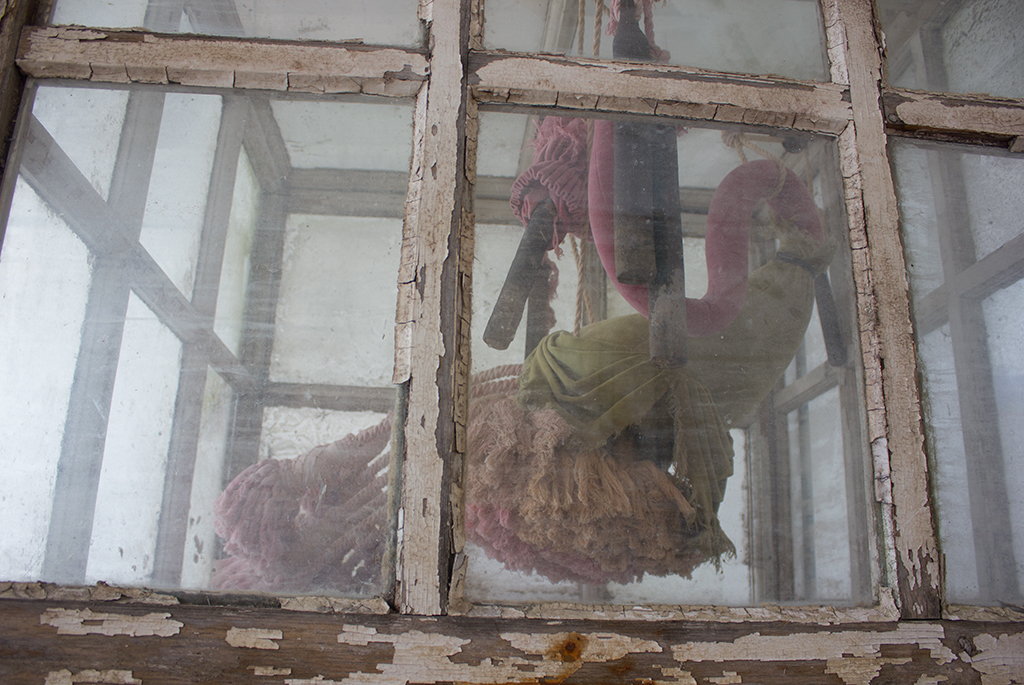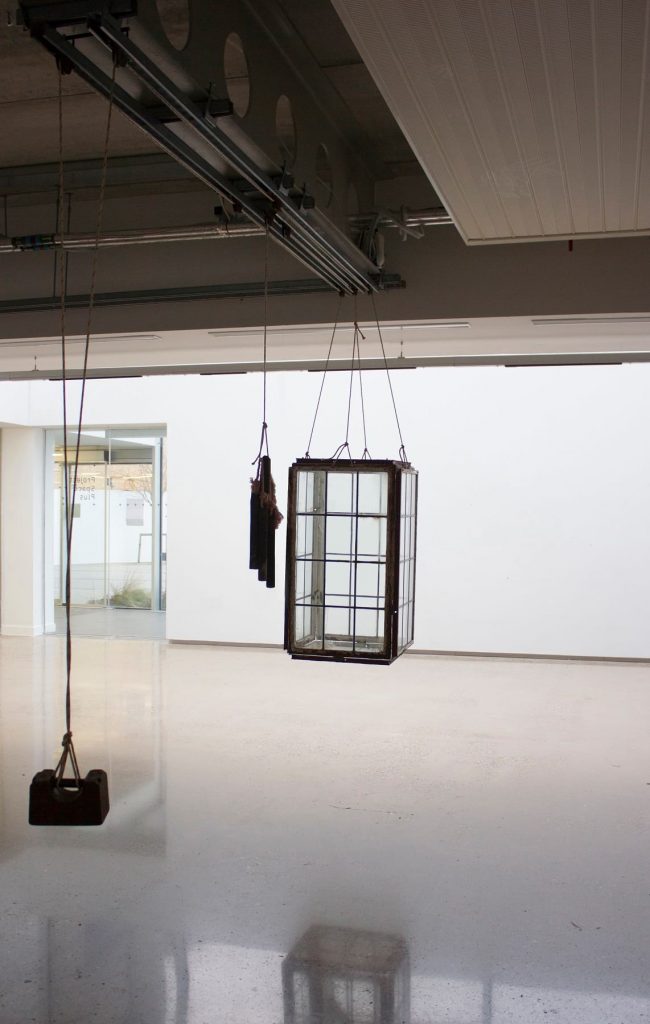
Moratorium (formal)
a stopping of an activity for an agreed amount of time:
- a five-year worldwide moratorium on nuclear weapons testing
Moratorium (finance)
an agreed period of time during which a country does not have to pay its debt to other countries:
- An immediate debt moratorium would free resources for poor countries to spend on health and education programmes. [1]
In the text, ‘The Psychology and Value of Emotional Containment‘, Dr Andy Drymalski refers to Jung’s perspective on protecting the wellbeing of feelings, as a moratorium, in which, the physical containment of overflowing emotions can be looked at and reflected upon, from a distance, perhaps with a more objective perspective.[2]
Practical life cannot be suspended in an everlasting contradiction. The opposites and the contradictions between them do not vanish, however, even when for a moment they yield before the impulse to action. They constantly threaten the unity of the personality and entangle life again and again in their dichotomies. Insight into the dangers and the painfulness of such a state might well decide one to stay at home, that is, never to leave the safe fold and the warm cocoon, since these alone promise protection from inner stress.
Jung, C. G. Memories, Dreams and Reflections. Random House. 1989. p346
In ‘The Originality of the Avant-Garde and Other Modernist Myths‘, Rosalind Krauss reflects on the structural symbolism of a gridded window as being paradoxical in nature, offering a centripetal reading, with a narrow, inward and claustrophobic ability to repress and leave one dwelling in solitude. But in the same breath Krauss reframes this perspective, to reflect upon the gridded window offering a centrifugal reading, with the capacity to experience possibility and hope beyond the constraints of the frame. [3]
In the text, ‘Soglitude: Introducing a Method of Thinking Thresholds’, Tatjana Barazon augments the uncomfortable endeavour when crossing a threshold, as a ‘sign of victory over pain’, and defines the psychological intensity of crossing, as ‘a dilemma between permanence and change’ that is ‘fundamentally concentrated’, in which, she suggests the liminal zone as a place ‘where we don’t dwell’.
Underlining the necessity to be open to acceptance when crossing junctures, Barazon presupposes that, to cross, we must endow ‘observing things from a multitude of points of view and never restricting thought to one opinion or any certainty of knowledge’. Barazon assures that ‘a new adjustment in mind and feeling’ [4] must be considered, so that altercations can be broken, by breaking down tensions and learnt dichotomies, and challenging conditional thinking (professional / unprofessional, repressed / expressive, habituated / provocative, wild / civilized).
Horizontality is a desire to give up, to sleep. Verticality is an attempt to escape. Hanging and floating are states of ambivalence.
Bourgeois. L. ‘Louise Bourgeois per Capodimante’. Catalogo de la Mostra. Napoli: Electa. 2009
The premise for making a physical moratorium was to:
- demarcate a visual boundary and a safe enclosure in which to act out and harness fears, dreams, and desires, where conflicts and impulses can coalesce.
- to be held as opposed to holding on to, in a state of poise, which is subject to change.
- a dynamic approach to thinking with an expansive viewing position to be encircled and viewed from all directions, to think through multiple perspectives.
- to leave perspectives unsubstantiated and left in the balance for consideration.


Dimensions: 120cm x 140cm x 140cm
Materials: sash windows, weights, cord and pulleys, velvet curtains, curtain tie backs, steel frame
My Moratorium Series played with the reorientation of interior and exterior viewpoints, to reflect upon the impact of external events that are often intrinsically linked to social and personal situations.
The first of my ‘Moratorium Series’ titled ‘underweight’ was filled with weights, cord and pulleys that operate sash windows, and velvet curtains and curtain tie backs re-figured into a form of peacock, and weighted down by its own ornamentation was a play on the term ‘window dressing’ alongside the different interpretations of the words ‘trim’ and ‘trimmings’.
Window dressing is a term used by retailers to dressing up a window display to draw in customers. The financial industry adopted this term to refer to the practice of altering financial data to appear more attractive to investors’.[5]
The Oxford English Dictionary definition of the verb ‘trim’[6] and the Merriam-Webster definition for the material association ‘trimmings’ are referred below [7]:
- Making (something) neat or of the required size or form by cutting away irregular or unwanted parts.
- Decorate (something), typically with contrasting items or pieces of material.
- Adjust the balance of (a ship or aircraft) by rearranging its cargo or by means of its trim tabs.
- Keep or adjust the degree to which (an aircraft) can be maintained at a constant altitude without any control forces being present.
- Adapt one’s views to the prevailing political trends for personal advancement.
- A decorative accessory or additional item
- To administer a beating to: thrash
- Pieces cut off in trimming something; parings, cuttings, scraps.
- To keep something trim through the arrangement of balancing or poising.
- Balancing between opinions or parties so as to remain in favour with both sides.
How come it can’t fly no better than a chicken? Milkman asked
Too much tail. All that jewellery weighs it down. Like vanity. Can’t nobody fly with all that shit. wanna fly, you got to give up the shit that weighs you down.
The character Guitar to Milkman on why a male peacock can’t fly much better than a chicken. Toni Morrison, ‘Song of Solomon’, New York: Plume, 1987, p.178-79
In ‘The Origins of the Species’ Charles Darwin observed the ornamentation of a peacock as one of several male species who displayed ‘charms’ to compete for courtship with passive females; including the colourful feathers of a bird of paradise, the mane of a lion and the antlers of a stag.[8] Later, in the ‘The Descent of Man’, Darwin articulated ‘sexual selection’ as the ‘development of secondary sexual characters’, whose function served to aid successful reproduction, through intimidation or the defeat of male rivals, driving their evolution at the mercy of sacrificing themselves.[9]

Dimensions: 300cm x 300cm x 80cm Materials: Critall windows, sash weights, winches and rope, hinges, potato weight
In ‘Moratorium II: under weigh, 2016’, I redacted the mis-en-scene of glass that I originally suspended within the suspended unit of windows, to redirect the focus upon the frame itself. Constructed from inverted the windowpanes that reorient the interior and exterior view, I emptied the moratorium as a shift away from my conversation with Louise Bourgeois’ dwelling spaces and precariously counterbalanced the empty unit as a declaration of a potential breaking point, perhaps a letting go of oneself to consider my impact upon the external environment.
Referring to the OED definitions for the word ‘weighted’ and various phrases relating to ‘weight’ [10], ‘Moratorium Series: under weigh’ plays with the ambivalence of:
- A body’s relative mass or the quantity of matter contained by it, giving rise to a downward force; the heaviness of a person or thing.
- [Physics] The force exerted on the mass of a body by a gravitational field.
- A heavy object used to give an impulse or act as a counterpoise in a mechanism.
- The importance / value attributed to something.
- The ability of someone or something to influence decisions or actions.
- A factor associated with one of a set of numerical quantities, used to represent its importance relative to the other members of the set.
- Be planned or arranged so as to put a specified person, group, or factor in a position of advantage or disadvantage.
- The weight of the world: Used in reference to a very heavy burden of worry or responsibility
- Be a weight off one’s mind: Come as a great relief after one has been worried.
The Merriam-Webster definition of the word ‘await’[11]:
- to lie in wait for
World Wide Words defines the word ‘under weigh’ [12] as originating from a maritime association relating to ‘weighing anchor to get a ship moving’, which comes from the Dutch nautical term ‘onderweg‘, meaning ‘on the way’. The Dutch term was then linked with the phrase ‘weigh anchor’, meaning the anchor has been weighted and the ship is ready to depart, as opposed to something being ‘under way’ and having already started.
[1] Cambridge Dictionary. ‘Moratorium’. Online Source: https://dictionary.cambridge.org/dictionary/english/moratorium Source Cited: 5th August 2015
[2] Dr Andy Drymalski. ‘The Psychology and Value of Emotional Containment’. Online Source: http://jungstop.com/the-psychology-and-value-of-emotional-containment/. 2013. Source cited: 18th May 2015
[3] Rosalind Krauss. ‘The Originality of the Avant-Garde and Other Modernist Myths’. MIT Press. 1986. p18
[4] Tatjana Barazon, ‘Soglitude: Introducing a Method of Thinking Thresholds’. Online Source: https://www.academia.edu/242367/Soglitude_-_Introducing_a_method_of_thinking_thresholds. 2010. Source cited: 9th June 2015
[5] Investopedia.com. ‘What is Window Dressing in Finance?’ Online Source: https://www.investopedia.com/terms/w/windowdressing.asp Source Cited: 5th August 2023
[6] Online Source: https://en.oxforddictionaries.com/definition/trim. Source cited: 13th Dec 2016
[7] https://www.merriam-webster.com/dictionary/trimming. Source cited: 13th Dec 2016
[8] Darwin, C. R. ‘The origin of species by means of natural selection, or the preservation of favoured races in the struggle for life’. New York: Hurst and Co. 1912. p455
[9] Darwin, C. R. ‘The Descent of Man’. London: John Murray. Volume 1. 1st edition. 1871. p266
[10] Online Source: https://en.oxforddictionaries.com/definition/weight. Source cited: 20th Aug 2017
[11] Online Source: https://www.merriam-webster.com/dictionary/awaited. Source cited: 20th Aug 2017
[12] Online Source: http://www.worldwidewords.org/qa/qa-und2.htm. Source cited: 20th Aug 2017